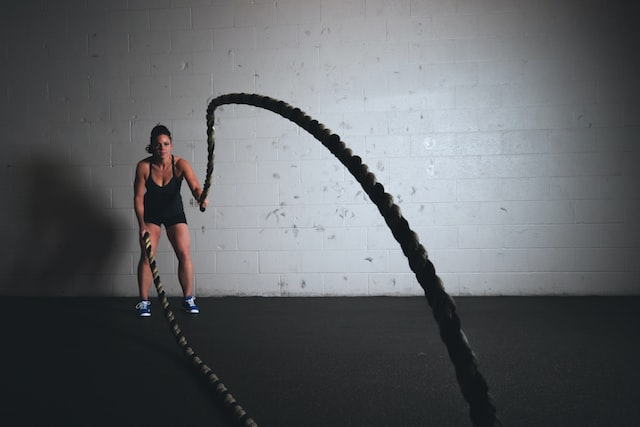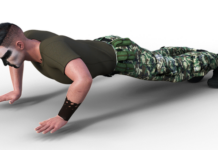When we start weight training, we are radiant and highly motivated. Every week we put more weight in the exercises we do and also, we get a large amount of muscle mass in a short time.
The problem with this is that unfortunately it doesn’t last forever. If you have trained with weights for long periods of time you will know that I am talking about the dreaded plateau. You have been stuck at the same weight in many exercises and no matter how hard you try you can’t get out of there.
The problem with this is that if you train naturally (without steroids); normally the amount of muscle is associated with the amount of strength. What I mean is that if you get stuck on strength, you’re going to get stuck on the amount of muscle mass you can build.
I am aware that in addition the stagnation of force is a horrible phenomenon. I know many people who have stopped training because of this phenomenon and other people who continue to come, but they come reluctantly and discouraged.
It really is not very difficult to get out of the stagnation and if you follow these tips to the letter, you will be able to lift much more weight in the gym.
What do you need to lift more weight in the gym?
- A notebook and a pen.
- Being able to take in a few extra calories.
- Know perfectly the technique of all the exercises you do.
- Let go of your ego.
- Eager to work and improve.
Instructions to lift more weight in the gym
- Fix that technique:
Most of the stalls I know of are from people who train incorrectly. What I mean is that they are the typical people who put much more weight than they can lift and perform the technique poorly. From a bench press going down only halfway, an incomplete squat, a deadlift with a lot of arching in your back… Really, this way you will only get stuck or worse, injure yourself. The way to proceed is to put aside your ego and start losing to a weight that you can control. In this way you will be able to perform the full range of motion and stimulate all muscle development, which will eventually allow you to reach that weight. - Eat more:
When we are losing weight, it is very difficult to gain muscle mass at the same time. Then it is also almost impossible to gain strength if you put calories too few. You must increase your calorie intake to provide the muscles with fuel, as they need it to lift the weight. Of course, this does not mean that you stuff yourself with pastries. Try that the calories come from natural foods such as oatmeal, meat, fish… - Progressions:
When we are beginners we make the mistake of training by instinct that is, not writing anything down and lifting weights randomly. We must calculate our maximum weight for a perfect repetition and write it down in a notebook. Now we are going to make a progression, that is, to program a training that has the objective of increasing the maximum weight that we are lifting. For example, if you lift 80 kilos on the bench press, you can schedule a workout with the goal of lifting 82 kilos in a month. - Increase repetitions:
In some gyms of poor quality, stagnation occurs due to the lack of material. For example, you’re lifting 40 pounds on bicep curls and it’s easy, but the following dumbbells weigh 55 pounds, which is too much. The way to fix this is to increase the number of reps with the 40 pound weights, which will make the muscle stronger and prepare you to one day lift 50. - Train with enthusiasm:
Just as there are people who go overboard with the weight, there are also other people who put in a weight that is easy for them to lift and never goes up. To progress you have to push yourself to the limit and always work in strength ranges. - Rest:
Muscle builds during rest so follow these guidelines.- Give each muscle group a week off.
- Train at most 4 days a week.
- Do not train more than 1 hour and a quarter.
- Every two months or so, spend a week without training (unloading).
- He sleeps 8 hours a day.
Tips for lifting more weight in the gym
- Auxiliary Muscles: Sometimes we fail to lift enough weight because we are limited by a poorly trained auxiliary muscle. It is very common in pull-ups, for example, that people with poor grip strength have trouble doing them (since the first range of motion is with the forearm). The way to do it is to give specific training to the auxiliary muscles. Here are some examples of auxiliary muscles that usually cause problems in these exercises.
- Bench press: Triceps and shoulder tend to cause problems.
- Squats: It usually gives problems to the femoral and in general the back of the leg.
- Deadlift: Usually gives problems the whole arm (biceps, triceps and forearm), the lower back and the trapezius.
- Dominated: They give problems forearm, biceps and shoulder.
- Funds: The triceps and forearms give problems.
- Push-ups: The triceps give problems.
- Military press: Gives problems to the lower back, triceps and forearms.

















